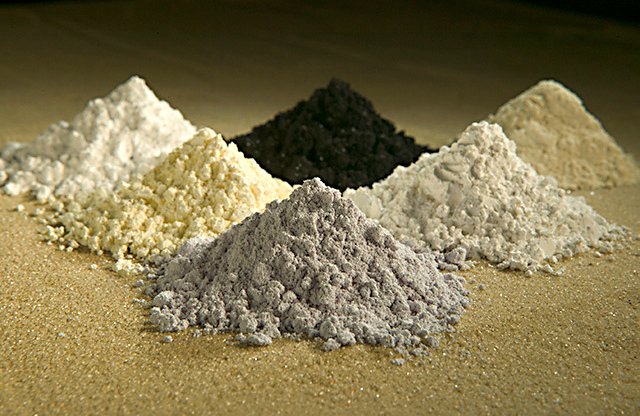Those of us living in the United States are once again getting an education about the importance of rare earth elements for the production of consumer electronics, electric vehicles, wind turbines, and military equipment such as night-vision goggles. The reason for this education is a Chinese threat to retaliate in the ongoing trade war with the Trump administration by restricting exports of rare earths.
It’s not an empty threat. The last time the Chinese restricted exports in 2010 prices skyrocketed on the world market. Back then the Chinese produced more than 90 percent of the world’s supply. Ostensibly, the Chinese were reserving these critical metals to bolster domestic manufacturers by forcing production of devices requiring the metals to occur in China. The Chinese eventually relented in the face of an adverse ruling from the World Trade Organization.
To understand this threat in context, first, it is important to know that rare earths are not rare in the earth’s crust. Some of the most important are as plentiful as zinc and chromium. However, rare earth elements do not occur in concentrated deposits nearly so often as zinc, chromium and other plentiful metals. That means that rare earths are expensive to mine.Second, only 36 percent of the known reserves are in China. Vietnam, Russia and Brazil have the largest deposits outside of China. But higher prices would probably be needed to spur development of those deposits on a larger scale. This point is not lost on the Chinese.
The Mountain Pass Rare Earth Mine in California had been a leading source of rare earths for many years but was closed due to low prices in 2002. Expanding low-cost Chinese production was a main culprit.The mine was later sold and then revived in the wake of the Chinese export restrictions that began in 2010. Investors put $1.25 billion into new infrastructure for mining and processing. The mine operated in the red for years despite high rare earth prices.
After the Chinese eased export restrictions on rare earths in 2015, prices plummeted. Within months the Mountain Pass mined was closed. The company controlling the mine declared bankruptcy. Two years later the mine was sold to new owners for a mere $20.5 million.
Even though the Chinese share of world production has been cut to just 80 percent in 2017, that number is deceptive. The new owners of the Mountain Pass mine include a Chinese rare earth mining company. Strangely, a recent report touting the importance of the mine to American domestic supply failed to mention the minority stake that a Chinese company holds.
Not only are rare earths difficult to mine, they also produce nasty wastes when processed. The Malaysian government is insisting on the removal of 451,000 tons of radioactive water at the main processing facility of Australian rare earth miner Lynas Corporation. The government is threatening to pull the operating license of the facility. Lynas is the largest producer of rare earths outside of China.
The expansion of rare earth mining and processing in countries that enforce environmental rules implies that costs will be higher than those for Chinese companies, which have ignored environmental concerns and rules in the past.
If the Chinese export restrictions go into effect in retaliation for U.S. tariffs, there will certainly be short-term pain for a broad array of manufacturers everywhere as rare earth metal prices rise. To be effective, of course, the export restrictions would have to be worldwide; otherwise, shipments to other countries would simply be rerouted to the United States.
If the Chinese do curtail exports, expect many stories about how plentiful rare earths are—in the crust of the Earth, that is, which is not very relevant—and how much of world’s reserves lie outside China which is more relevant.
Also expect a kind of amnesia to grip reporters and the public alike. The last time Chinese dominance in rare earths was eroded by their own actions, the government devastated new competitors when it eased export restrictions and prices plummeted. What makes people believe that this time it will be different, that the Chinese will forget how successfully they undermined their rare earth competitors previously by flooding the market?
My conclusion from all of this is that any government serious about securing a consistent, uninterruptible supply of rare earth metals will be forced to subsidize their production—either by guaranteeing high prices in long-term contracts or by nationalizing production by buying out existing mines and processing facilities or setting up its own.
Of course, rare earth deposits are not evenly distributed throughout the world. So, there might be a need for governments to create a multilateral organization for mining and processing.
Some say that the free market will solve the problem. That might work if we had a free market in rare earth metals. We don’t. China continues to control a huge share of the market by controlling what happens in the industry within its borders (and perhaps beyond as we’ve seen with the Mountain Pass mine).
The only way to fight that is with a mechanism that guarantees supplies regardless of what the Chinese do.
Photo: Rare-earth oxides. Clockwise from top center: praseodymium, cerium, lanthanum, neodymium, samarium, and gadolinium. Photo by Peggy Greb, US Department of Agriculture. https://www.ars.usda.gov/oc/images/photos/jun05/d115-1/






